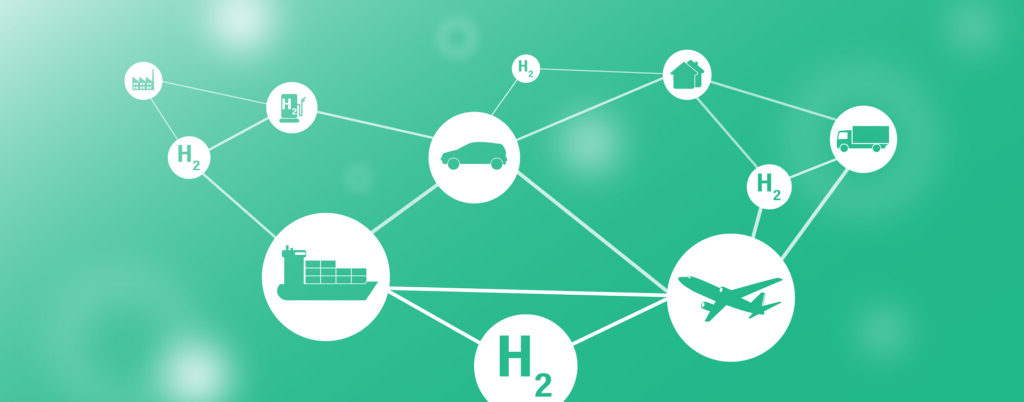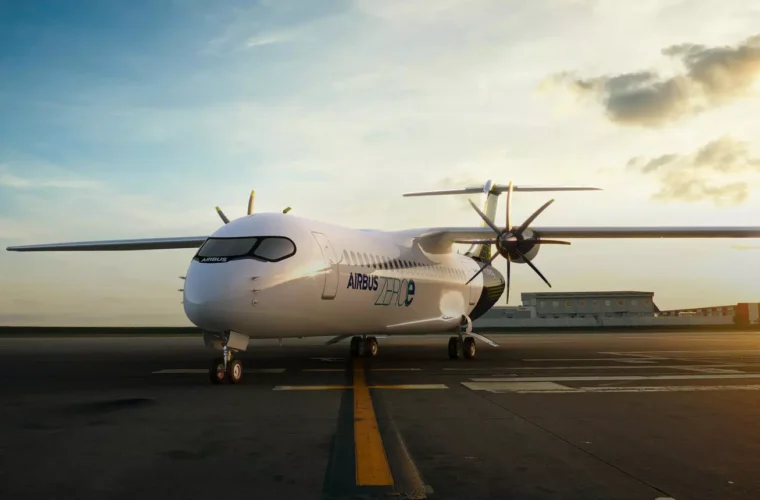The Innovative Method to Produce Carbon-free Hydrogen from Seawater
As the world seeks to reduce its carbon footprint and would like to transition to a more sustainable energy future, hydrogen has emerged as a promising clean fuel. However, producing hydrogen through conventional methods involves significant carbon emissions and is expensive, making it commercially unviable.
Australian researchers at RMIT University have created a more cost-effective way to produce hydrogen from seawater without the need for desalination. This method presents a significant step towards achieving a commercially viable green hydrogen industry, essential to combat carbon emissions and climate change.
Almost all of the world’s hydrogen is produced using fossil fuels, resulting in approximately 830 million tonnes of carbon dioxide emissions annually. In contrast, the new method produces 100% carbon-free hydrogen, which could become a valuable solution for industries such as aviation, shipping, and manufacturing, where switching to renewables is challenging.
Cost-effective and scalable
Dr Nasir Mahmood, the lead researcher and Vice-Chancellor’s Senior Research Fellow at RMIT, highlighted the fact that most green hydrogen production processes are costly and require fresh or desalinated water. The new method the researchers developed is more cost-effective, scalable, and simple. By splitting seawater directly into hydrogen and oxygen, the process removes the need for desalination, which incurs costs, energy consumption, and additional carbon emissions.

To create green hydrogen, water is split into its hydrogen and oxygen components using an electrolyser that passes an electric current through it. This process is expensive and consumes a significant amount of energy and water. A large amount of water, around nine litres, is required to produce just one kilogram of hydrogen, and the process produces chlorine, which can damage the environment. Mahmood explains that if the world’s hydrogen needs are met without solving the chlorine issue, it could produce 240 million tonnes of chlorine per year, three to four times more than required.
The new method
The new method developed by the team uses a specific type of catalyst designed to work with seawater. The catalysts are highly efficient and stable and can be manufactured cost-effectively. Unlike other experimental catalysts for seawater splitting, these new catalysts are simple to produce and can be easily synthesised on an industrial scale. According to Mahmood, this new technology could significantly reduce the cost of electrolysers, which could meet the Australian Government’s goal for green hydrogen production of $2/kilogram, making it competitive with hydrogen sourced from fossil fuels.
The next step is the development of a prototype
The next research stage is the development of a prototype electrolyser that combines a series of catalysts to produce large quantities of hydrogen. A provisional patent application has been filed for this new method. The team is also working with industry partners to develop various aspects of this technology further.
The new method developed by Australian researchers at RMIT University presents a cheaper, more energy-efficient, and sustainable way to produce green hydrogen from seawater without desalination. The process is scalable, easy to synthesise on an industrial scale, and has the potential to become commercially viable, reducing the cost of electrolysers and making green hydrogen competitive with hydrogen sourced from fossil fuels.



